Galería Hyundai (갤러리 현대)
10.0Km 2021-03-09
Samcheong-ro 14, Jongno-gu, Seúl.
+82-2-2287-3500
Fue inaugurada en abril de 1970, con el nombre “Hyundai Hwarang” en Insa-dong, distrito de Jongno-gu, Seúl. Durante más de 40 años ha presentado exposiciones de los artistas más célebres en la historia de Corea: Park Su-geun, Lee Jung-seob, Kim Hwan-gi, Chang Ucchin, Chun Kyung-ja, Lee Dae-won, Yu Yeong-guk, Lee U-fan, Paik Nam-june, Shim Moon-seup, etc.
Consta de dos edificios, el principal y otro anexo, y también dispone de una sede en Gangnam. La galería de Gangnam abarca una dimensión más amplia de artistas sin restricción de género ni estilo, de tal manera que presenta exposiciones de alta calidad, posibilitando el conocimiento del mercado artístico tanto nacional como extranjero. Esta institución artística también se encarga de presentar y promocionar a artistas jóvenes.
Dugahun (두가헌)
10.0Km 2020-05-07
14, Samcheong-ro, Jongno-gu, Seoul
+82-2-3210-2100
The wine restaurant, dugahun, is located in the backyard of Gallery Hyundai on Samcheong-dong Road. As the name Dugahun, translated ‘a very beautiful house’, implies, the restaurant is characterized by its exquisite, antique architecture that dates back to the 1910s. Combining fine Western dining and a wide selection of wines with a beautiful hanok interior, dugahun provides visitors with a unique dining experience. For an added element of culture, visit Gallery dugahun (the adjacent Russian-style brick building) and take a look at the array of domestic and international artwork on display.
Templo Gilsangsa en Seúl (길상사(서울))
10.0Km 2025-04-02
Seonjam-ro 5-gil 68, Seongbuk-gu, Seúl
El templo Gilsangsa está situado en el distrito de Seongbuk-dong, del norte de Seúl. Fue construido en el recinto del famoso restaurante Daewongak, cuya dueña donó la propiedad al venerable monje Bupjeong (1932-2010), que fue la persona que transformó el lugar en este templo inaugurado en 1997. Aunque Gilsangsa tiene una historia relativamente corta, está muy bien situado en el centro de Seúl, por lo que atrae muchos visitantes tanto nacionales como extranjeros. El templo también sirve como lugar cultural, ya que ofrece diversos programas como enseñanzas budistas, y estancia en templo. Las construcciones Gilsang Seonwon (centro zen) y la Casa el Silencio están dedicadas a la meditación. Gilsang Seonwon ofrece habitaciones para que mediten budistas con experiencias, mientras que la Casa del Silencio está abierta al público en general. Gilsangsa también tiene una sede en París.
Museo del Hanbok de Lee Rhee-za (이리자 한복전시관)
10.0Km 2022-06-30
Samcheong-ro 20, Jongno-gu, Seúl.
Este museo, en lugar de representar simplemente los hanbok (trajes tradicionales), demuestra de manera simple los ritos de paso que debe atravesar una persona, desde su nacimiento hasta la muerte, y, en su conjunto, presenta la vestimenta y sus accesorios correspondientes. Los trajes tradicionales son obra de la famosa diseñadora de hanbok Lee Rhee-za, los cuales también se pueden utilizar en la actualidad. Además de los trajes, también podrá conocer la gran variedad de accesorios y adornos tradicionales.
Chorokbaguni (초록바구니)
10.0Km 2021-03-19
9-18, Ichon-ro 84-gil, Yongsan-gu, Seoul
+82-2-790-3421
This is a Korean cuisine located in Ichon-dong, Seoul. The representative menu is Korean table d''hote. A hanjeongsik (Korean table d'hôte) course meal menu specialty restaurant.
The Hanok Smith Likes (스미스가 좋아하는 한옥)
10.0Km 2019-11-26
22-7, Samcheong-ro, Jongno-gu, Seoul
+82-2-722-7003
The Hanok Smith Likes is an Italian restaurant that can be found in an alley near the Embassy of the Republic of Poland. The restaurant is famous for serving homemade Italian cuisine in traditional Korean house in Samcheong-dong.
The Smith in the restaurant’s name refers to a Mr. Smith, a virtual person cooks his favorite dishes in a hanok. One of the interesting aspects about this restaurant is that they serve hwadeok pizza (brick oven pizza) and pastas which are not the Korean dishes one might expect given the hanok exterior. They also serve salads, risotto, steak and wine at the restaurant. Particularly, the nighttime atmosphere of the restaurant offers a more serene and cozy experience thanks to the traditional hanok architecture.
Concierto Gugak de los Sábados (토요명품)
10.1Km 2024-10-08
Nambusunhwan-ro 2364, Seocho-gu, Seúl.
02-580-3300
Desde 1986 se ha realizado esta función todos los sábados a la tarde, ofreciendo a los espectadores coreanos y extranjeros una mayor comprensión sobre la música y danza tradicional coreana (gugak). El repertorio incluye cerca de 100 trabajos de diversos géneros, desde música y danza de palacios, folclórica, pansori (canto folclórico), samulnori (cuarteto de percusión) hasta música tradicional creativa.
Museo Nacional de Arte Moderno y Contemporáneo en Seúl [MMCA] (국립현대미술관 서울관)
10.1Km 2025-04-18
Samcheong-ro 30, Jongno-gu, Seúl
En 2013, el Museo Nacional de Arte Moderno y Contemporáneo [MMCA] abrió un nuevo edificio en Seúl, ubicado en el barrio de Sogyeok-dong, distrito de Jongno-gu. Este museo es especial porque introdujo el concepto de arquitectura tradicional coreana 'madang', que se trata de un espacioso patio que la gente puede visitar. Tiene distintas instalaciones, como un teatro, una galería, una sala multiuso, etc.
Hotel Elle Inn (엘르인호텔)
10.1Km 2025-07-17
24, Hangang-daero 71-gil, Yongsan-gu, Seoul
02-792-8700
Museo Nacional de la Historia Contemporánea de Corea (대한민국역사박물관)
10.1Km 2023-02-22
Sejong-daero 198, Jongno-gu, Seúl
El Museo Nacional de la Historia Contemporánea de Corea es el primer museo del país en presentar la historia completa de Corea del siglo XIX hasta la actualidad. El museo abrió el 26 de diciembre de 2012 y tiene como objetivo educar, instruir y enseñar al público visitante el pasado y el presente del país a través de diversas exhibiciones, presentaciones y materiales. El museo está compuesto por cuatro plantas que están divididas en varias zonas según el tema.
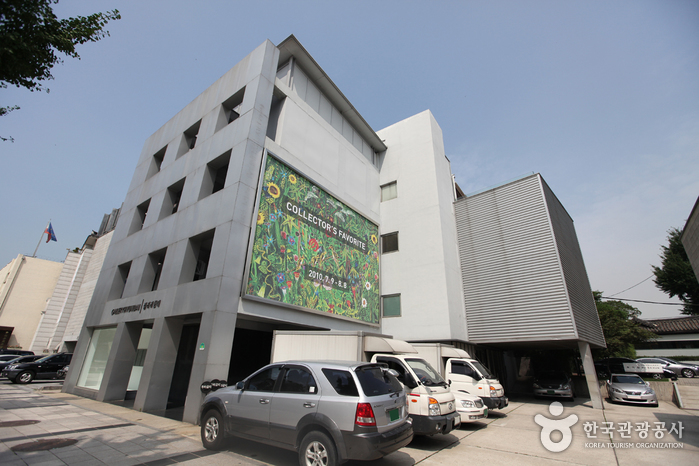
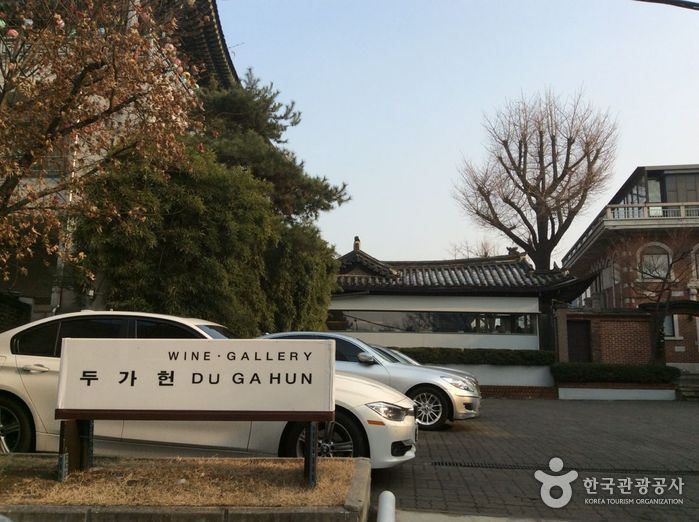
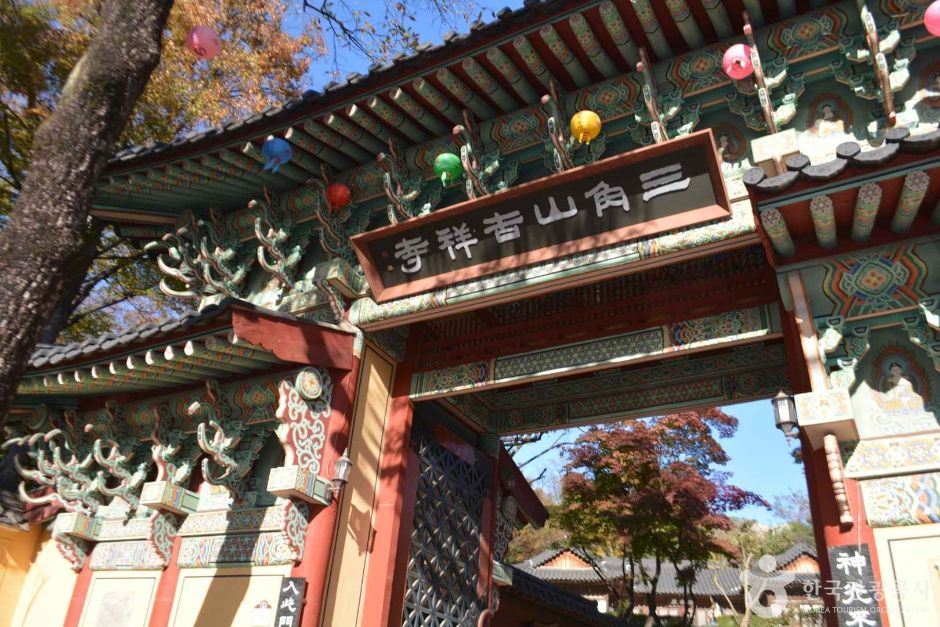

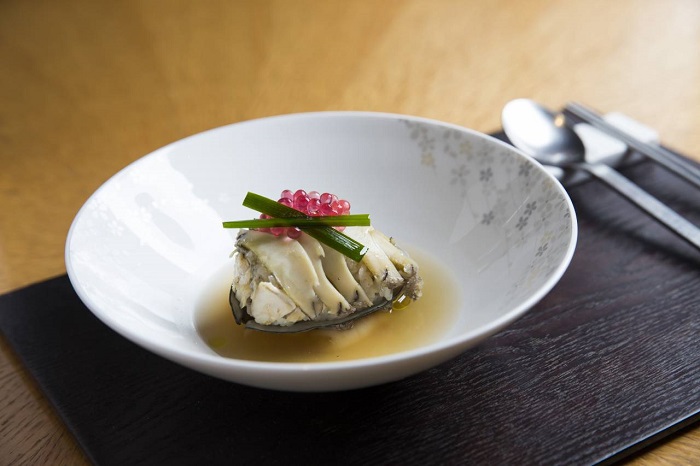
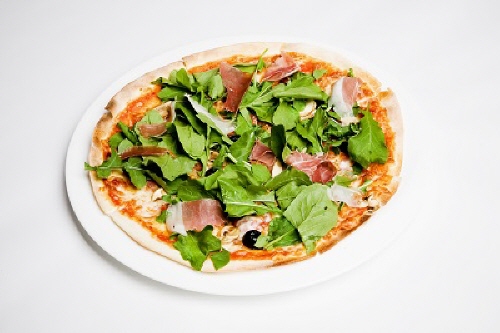
![Museo Nacional de Arte Moderno y Contemporáneo en Seúl [MMCA] (국립현대미술관 서울관)](http://tong.visitkorea.or.kr/cms/resource/03/2991503_image2_1.jpg)
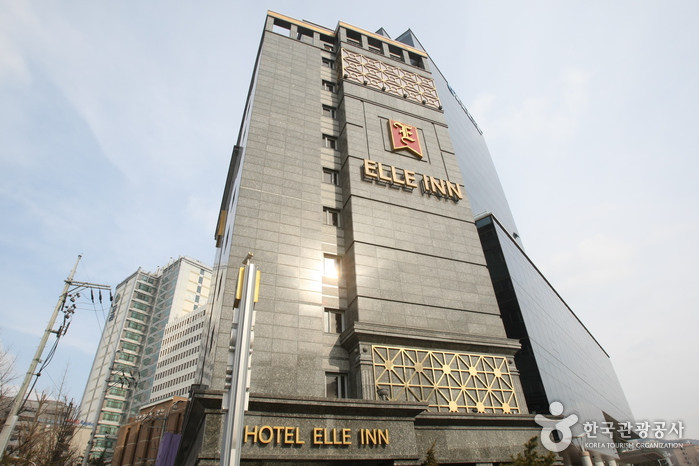
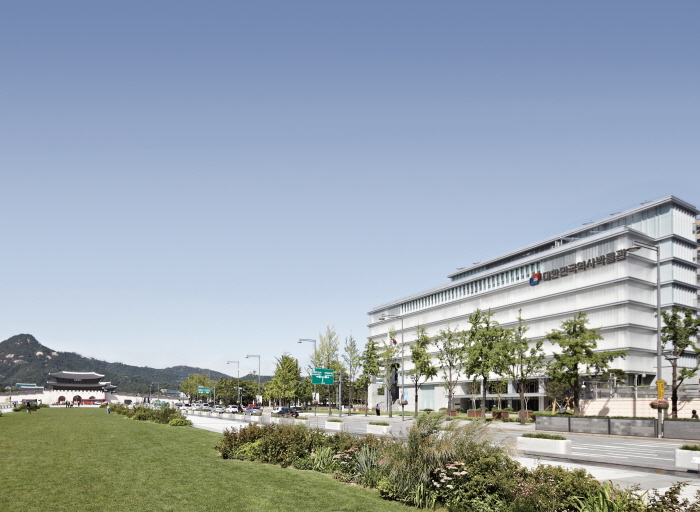
 Español
Español
 한국어
한국어 English
English 日本語
日本語 中文(简体)
中文(简体) Deutsch
Deutsch Français
Français Русский
Русский